Windows is a multilingual operating system. The interface has been translated into more than 40 languages, as many input layouts are available. And starting with Windows XP, the function of handwriting and voice input was added to the OS. And the user can use them at the same time, if the running program supports this functionality.
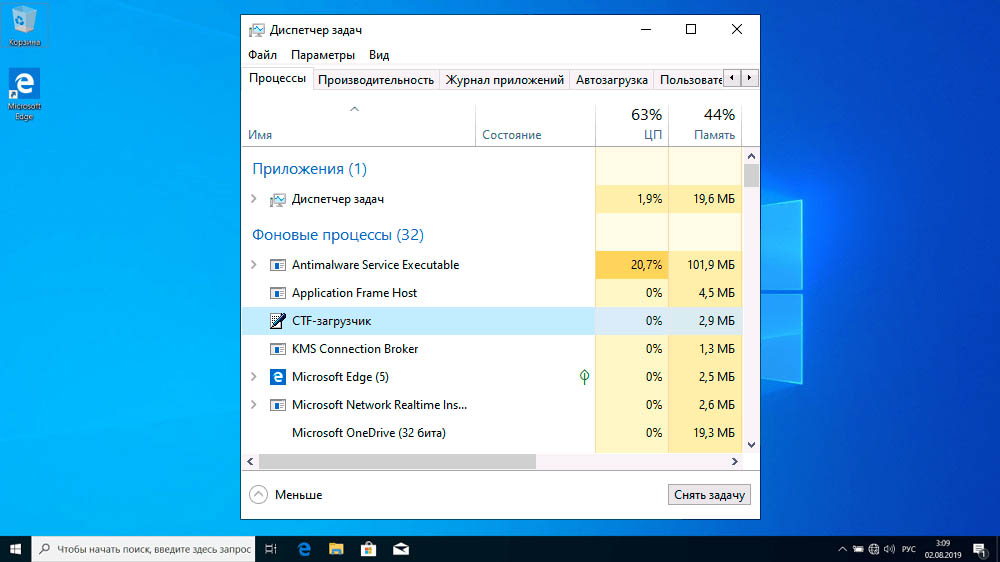
What does ctfmon.exe do
It should be noted that the ctfmon.exe process (sometimes referred to as “CTF loader”) is responsible for the function of entering text information. That is, you can indicate that this process in Windows is a service responsible for the operation of the “language bar” and all its additional functions. It is also used when using a virtual (touch) keyboard, when using multiple layouts. In Windows 10, it also applies to Cortana. It is included in the basic list of system applications, by default it is also added to startup.
It is also worth noting that the ctfmon.exe process is responsible for drawing the language bar in the tray. And if you complete it, then the indicator will simply be hidden until the next system reboot or forced start of the service.
Additional functions that the CTF loader is also responsible for:
- recognition of handwritten characters entered using the touch screen and stylus;
- converting voice input to text information;
- switching keyboard layouts using “hot keys”;
- automatic layout change when a new window is opened.
Is it possible to remove ctfmon.exe from startup
In operating systems of the Windows family, the user has the ability to disable even system applications at startup. Therefore, this executive file can be removed from there. This is done like this:
- in “Start” in the “Run” section, enter the msconfig command and press Enter (in Windows 10, you can simply open the “System Configuration” utility through the search bar);
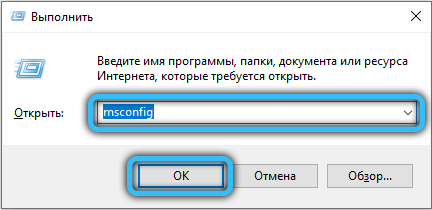
- go to the “Startup” tab;
- uncheck the corresponding service.

But it must be taken into account: after disabling this service, the user will not be able to:
- switch keyboard layouts;
- use the language bar in the tray;
- use voice input functions;
- work with a touch keyboard;
- add new keyboard layouts.
But the CTF loader will automatically launch ctfmon.exe if the user tries to use one of the above functions. To prevent this, you need to open the “Control Panel”, in the “Administrative Tools” tab, select “Services” and set “Disabled” in the “Handwriting Service” line.
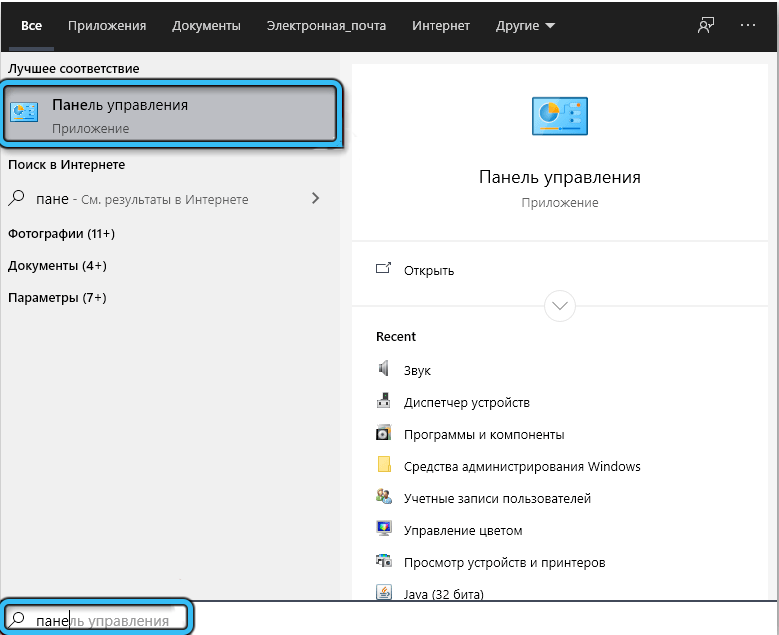


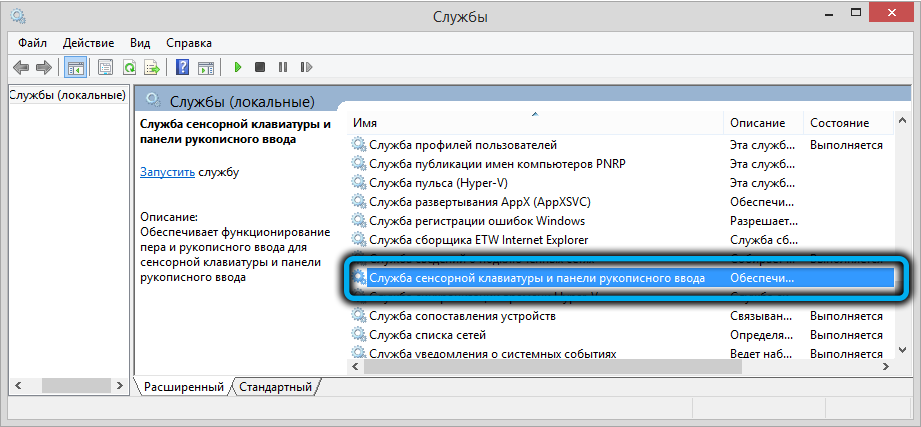
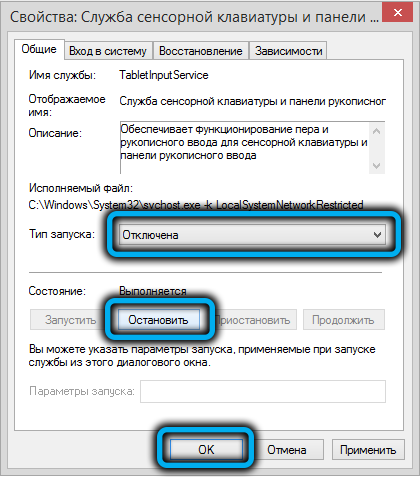
The result of all this will be:
- release of about 10 megabytes of RAM;
- accelerating the loading of the operating system (by about 0.2 seconds);
- increasing free space in the tray (to display other indicators).
It is recommended to disable the service only if the user uses only one keyboard layout, and also does not use handwriting, touch, voice input. And he doesn’t need a language indicator in the tray.
How to make active ctfmon
You can also start the process through the “Services” tab in the “Control Panel”. If this fails, then the system file is corrupted. This most often happens when a computer or laptop is infected with viruses. There is a whole list of “Trojans” that are automatically added to startup and set themselves the name ctfmon to make it less suspicious of an inexperienced user. Therefore, if the process does not start, then the first thing to do is to perform a full scan of the hard disk for viruses (you can use the standard Windows Defender).
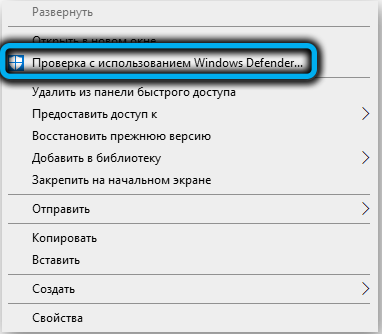
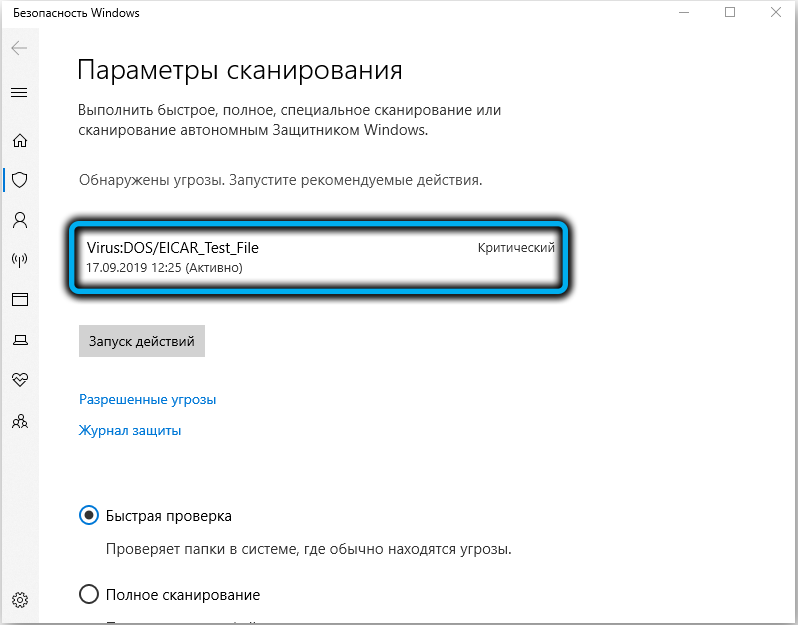
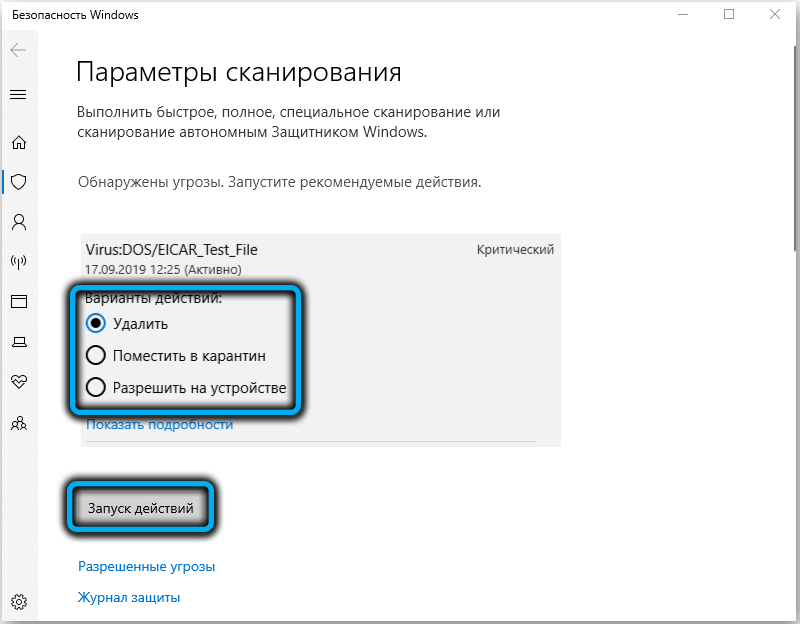
After its completion, it is recommended to run the System File Integrity Checker (SFC.exe). If CTF is damaged (due to its substitution by a virus application), then this utility will restore the file to its original state, and then update it to the current version.
By the way, you can also find out if the running file is a virus as follows:
- open “Windows Task Manager”;
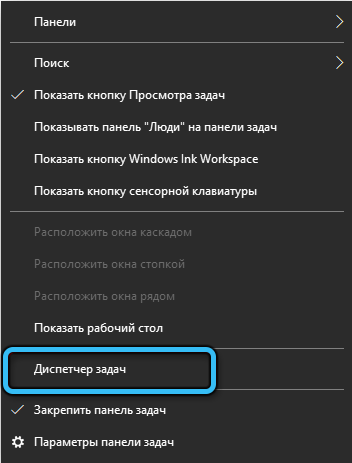
- find the corresponding process in the list, right-click on it, select “Show file location”;
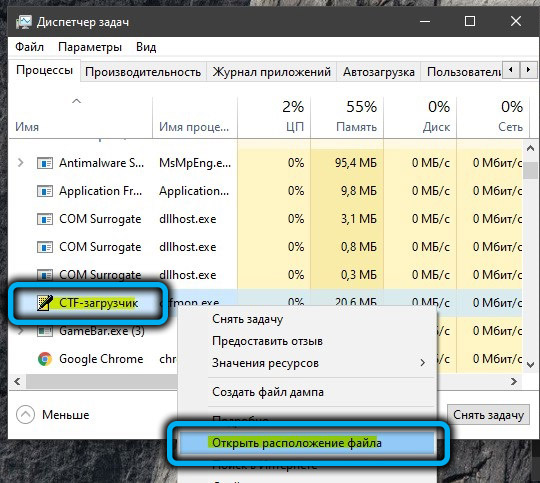
- if after that the System32 or SysWOW64 folder is opened, then the file is not infected.
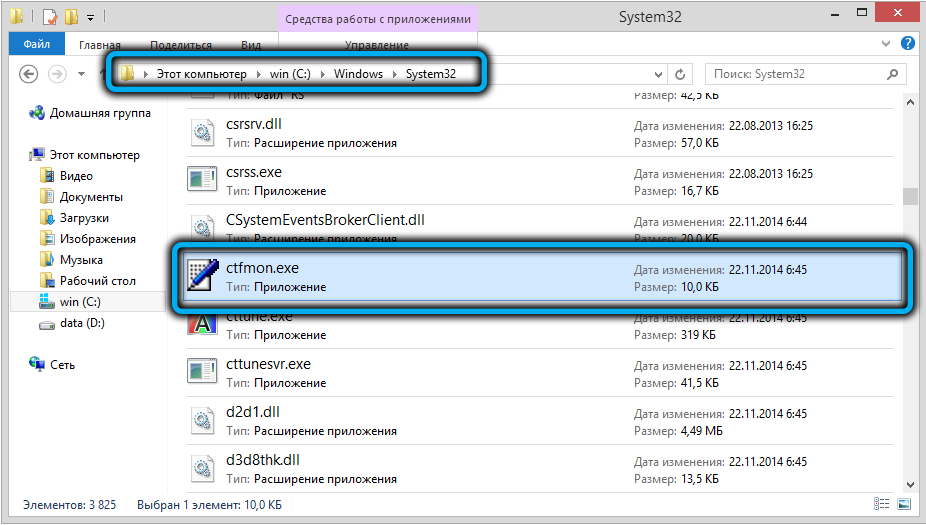
Total: CTF loader is a Windows system process. It is not recommended to terminate it or remove it from startup, as it is responsible for many of the text and voice input functions, as well as for the operation of the language bar indicator.